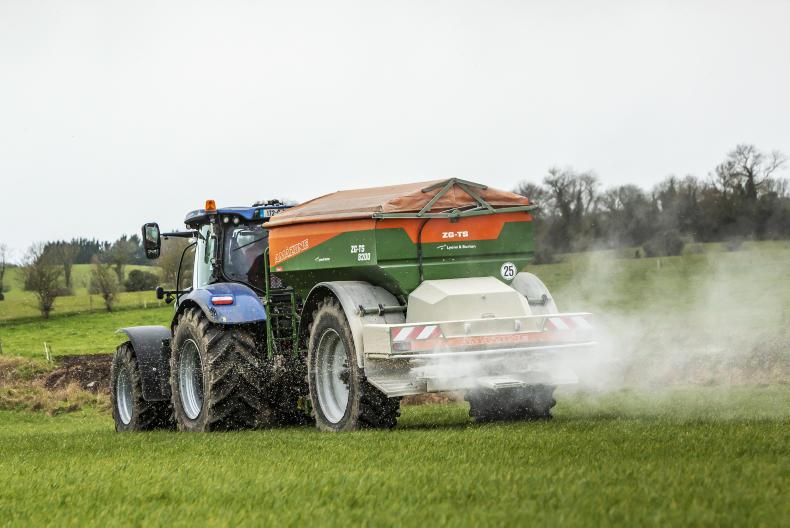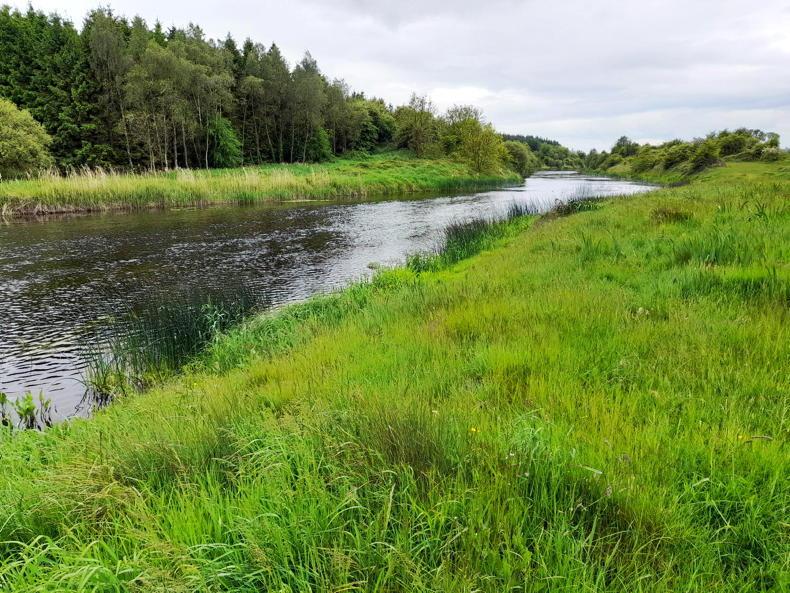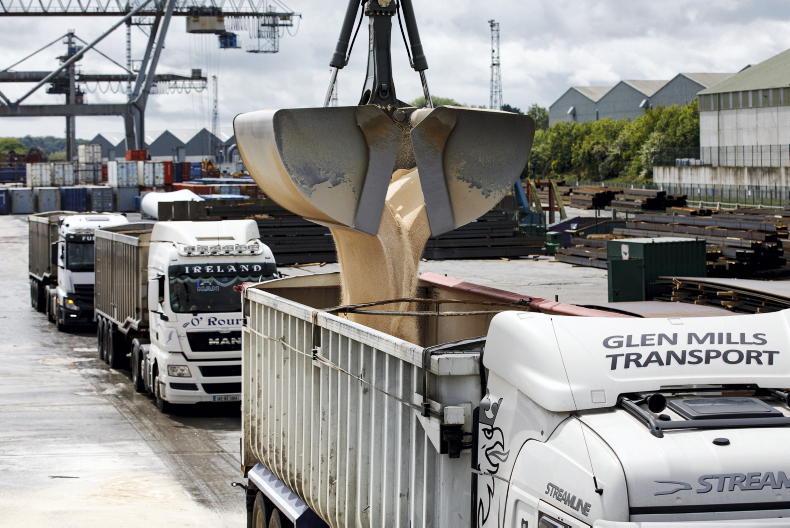Ireland's ammonia emissions increased to 118,489t in 2017, breaking the ceiling set in EU legislation for the second year in a row, the Environmental Protection Agency (EPA) reported this Tuesday.
Over 99% of ammonia emissions come from agriculture and Ireland must bring them under 112,077t by 2020 and 107,549t by 2030.
The EPA report establishes a direct link between ammonia emissions and cattle numbers over recent years.
"A 26% increase in dairy cow numbers and 24% increase in nitrogen fertiliser use over the period 2012 to 2017 are the most significant drivers," the agency found.
Low-emission spreading
Ammonia is released when some of the nitrogen spread on land is volatised. Some 90% of Ireland's emissions come from livestock manures and around 9% from chemical fertilisers.
"Limiting and reducing ammonia emissions into the future could be problematic given the strong performance of the agriculture sector in line with the ambitious targets of Food Wise 2025," the EPA advised, highlighting the "immediate requirement" for action at farm level.
"These measures include the use of low emission landspreading techniques and the use of urea fertiliser products that include urease inhibitors."
Ammonia is regulated because of its toxicity to people and the environment
The agency also recommended better nutrient efficiency through liming to reduce losses from slurry and fertiliser.
Ammonia is regulated because of its toxicity to people and the environment. It also contributes to global warming indirectly when it breaks down into other gases.
A Government public consultation is currently open on the National Clean Air Strategy under development to tackle ammonia and other air pollutants.
Read more
Shock new €36m slurry rules
Tough slurry rules could cost farmers €35m
Protected urea: your questions answered
Agri food must grasp ammonia challenge
Ireland's ammonia emissions increased to 118,489t in 2017, breaking the ceiling set in EU legislation for the second year in a row, the Environmental Protection Agency (EPA) reported this Tuesday.
Over 99% of ammonia emissions come from agriculture and Ireland must bring them under 112,077t by 2020 and 107,549t by 2030.
The EPA report establishes a direct link between ammonia emissions and cattle numbers over recent years.
"A 26% increase in dairy cow numbers and 24% increase in nitrogen fertiliser use over the period 2012 to 2017 are the most significant drivers," the agency found.
Low-emission spreading
Ammonia is released when some of the nitrogen spread on land is volatised. Some 90% of Ireland's emissions come from livestock manures and around 9% from chemical fertilisers.
"Limiting and reducing ammonia emissions into the future could be problematic given the strong performance of the agriculture sector in line with the ambitious targets of Food Wise 2025," the EPA advised, highlighting the "immediate requirement" for action at farm level.
"These measures include the use of low emission landspreading techniques and the use of urea fertiliser products that include urease inhibitors."
Ammonia is regulated because of its toxicity to people and the environment
The agency also recommended better nutrient efficiency through liming to reduce losses from slurry and fertiliser.
Ammonia is regulated because of its toxicity to people and the environment. It also contributes to global warming indirectly when it breaks down into other gases.
A Government public consultation is currently open on the National Clean Air Strategy under development to tackle ammonia and other air pollutants.
Read more
Shock new €36m slurry rules
Tough slurry rules could cost farmers €35m
Protected urea: your questions answered
Agri food must grasp ammonia challenge










SHARING OPTIONS